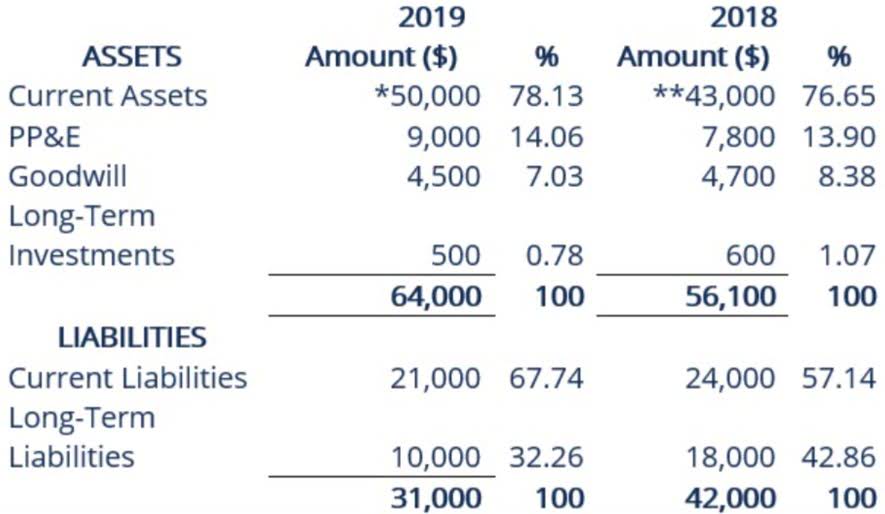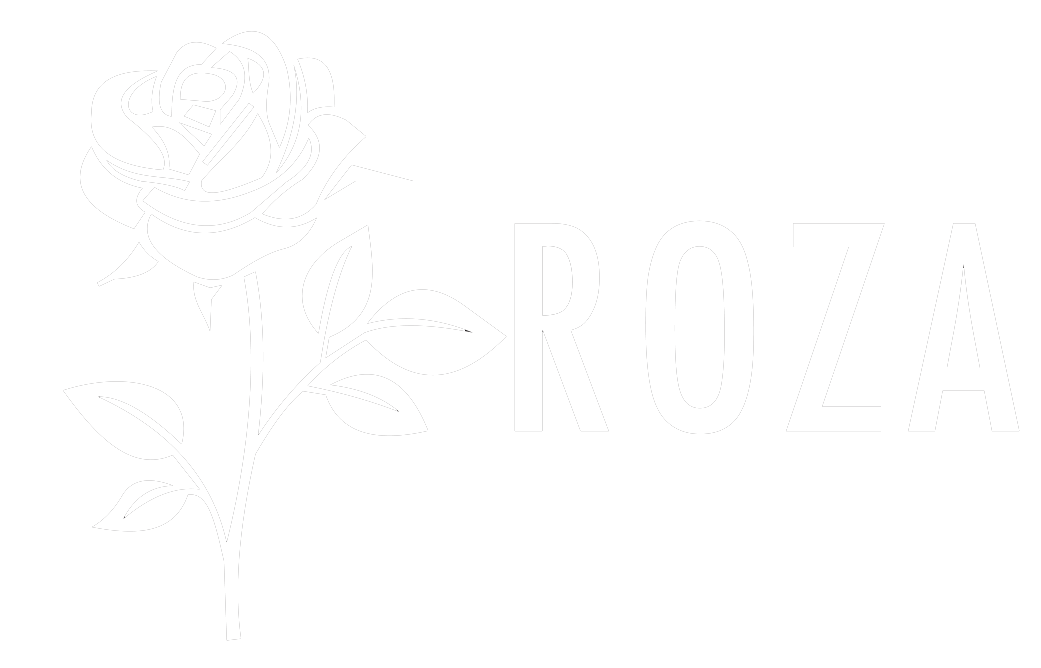- No product in the cart.

When your company pays less tax now than the accounting records suggest you should, this liability represents that future tax bill coming due. Bonds payable represent formal borrowing from investors who essentially become your creditors. Unlike bank loans, bonds typically pay regular interest while returning the principal only at maturity, which might be many years in the future.
- Liabilities are an effective way of getting money and is preferred over raising capital using equity.
- These are all examples of accounts you may have in your five main accounts.
- To increase revenue accounts, credit the corresponding sub-account.
- The businesses usually maintain separate accounts for revenues and all incomes earned by them.
- You can choose between cash-basis, modified cash-basis, and accrual accounting.
Understanding Liabilities
This clear separation allows for a quick understanding of a company’s immediate versus longer-term obligations. The balances in liability accounts liability accounts are nearly always credit balances and will be reported on the balance sheet as either current liabilities or noncurrent (or long-term) liabilities. Long-term liabilities are obligations with settlement periods longer than one year. Examples include long-term loans, bonds payable, and pension liabilities.
Example 1 – Current Liabilities

Let’s explore the main categories that every business owner should understand. Recording a liability requires a debit to an asset or expense account (depending on the nature of the transaction), and a credit to the applicable liability account. When a liability is eventually settled, https://bluetaillizard.com/2025/07/16/which-one-of-these-would-not-be-a-factor-in-6/ debit the liability account and credit the cash account from which the payment came. This is recorded in the accounting journal as a reduction in the accounts payable account and an increase in the cash account. In the case of non-payment creditors has the authority to claim or confiscate the company’s assets. Even in the case of bankruptcy, creditors have the first claim on assets.
Where Are Liabilities on a Balance Sheet?
- They’re recorded on the right side of the balance sheet and include loans, accounts payable, mortgages, deferred revenues, bonds, warranties, and accrued expenses.
- These accounts are generated from day-to-day operations and are crucial for assessing a company’s short-term financial health.
- Well, this should be listed between the cash and accounts receivable in the chart, but there isn’t a number in between them.
- Liabilities are part of every transaction recorded through double-entry accounting.
- Keep up with Michelle’s CPA career — and ultramarathoning endeavors — on LinkedIn.
- This amount gets reclassified from your long-term liabilities section as the payment date approaches, giving a clearer picture of your near-term obligations.
If one of the conditions is not satisfied, a company does not report a contingent liability on the balance sheet. However, it should disclose this item in a footnote on the financial statements. gym bookkeeping Liabilities are any debts your company has, whether it’s bank loans, mortgages, unpaid bills, IOUs, or any other sum of money that you owe someone else. If you’ve promised to pay someone a sum of money in the future and haven’t paid them yet, that’s a liability.
Long-Term Liabilities
Double-entry bookkeeping isn’t just accounting jargon—it’s the foundation of how we track liabilities. Every transaction touches at least two accounts, creating a beautiful balance in your books. Payroll liabilities are particularly sensitive, as they involve both employee and government funds. The Social Security (6.2%) and Medicare (1.45%) you withhold from paychecks, along with income taxes and benefit contributions, all represent money that’s not yours to keep. These are the short-term financial commitments that keep your business running day-to-day.


Accrued expenses are the silent obligations that build up before you receive an actual bill. Think of the wages you owe employees for work already performed but not yet paid, interest accumulating on loans, or utility services you’ve used but haven’t been billed for yet. In contrast, the table below lists examples of non-current liabilities on the balance sheet.

Planning for Future Obligations
Most types of liabilities are classified as current liabilities, including accounts payable, accrued liabilities, and wages payable. Accounts Payable represent amounts a company owes to its suppliers for goods or services purchased on credit. Short-Term Notes Payable are formal written promises to pay a specific amount within one year, often bearing interest. Accrued Expenses are expenses incurred but not yet paid, such as salaries payable to employees, utilities, or interest expense. Unearned Revenue, also known as deferred revenue, represents cash received from customers for goods or services not yet delivered or performed.

